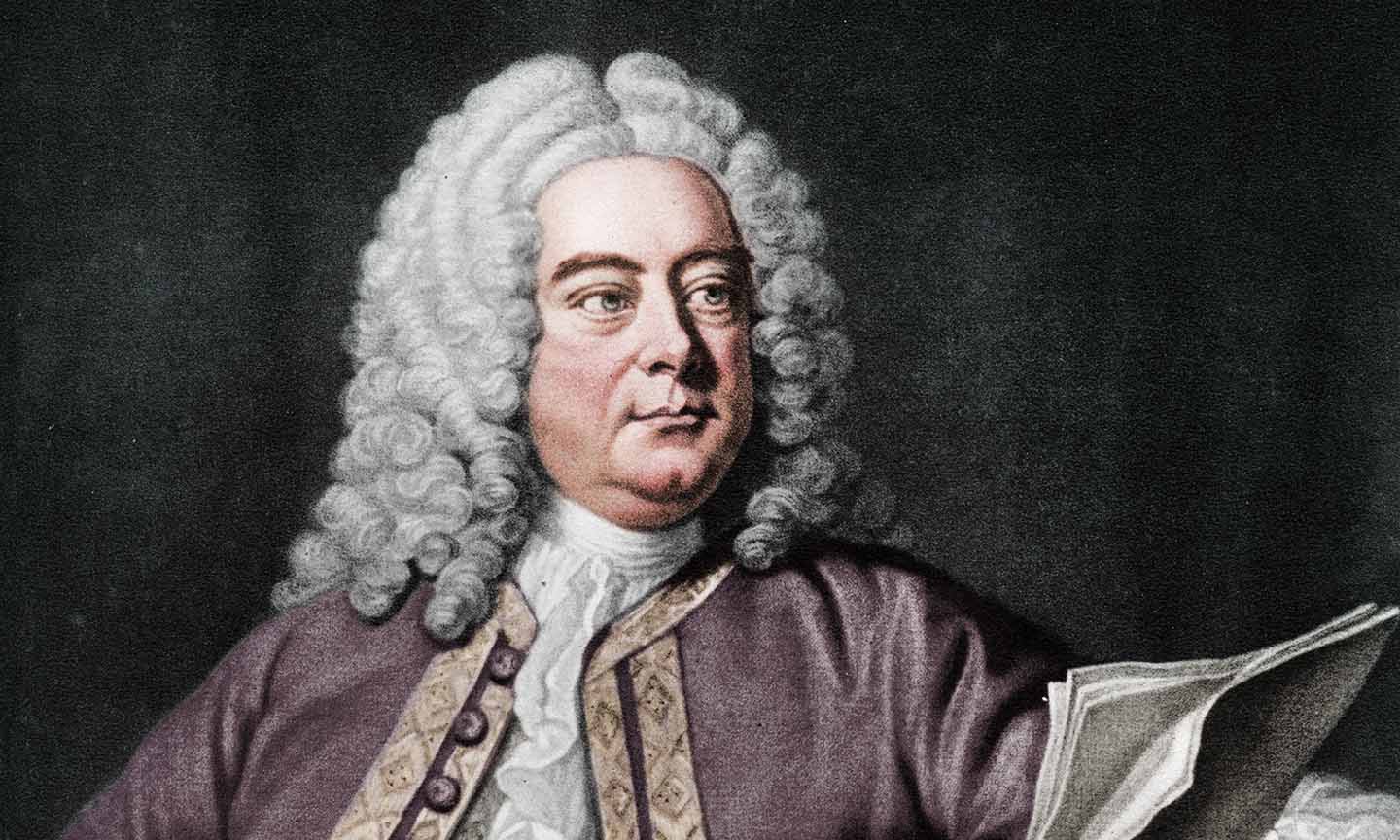Introduction
“Israel in Egypt” is one of Georg Friedrich Händel’s most ambitious and remarkable oratorios. Composed in 1738, this work stands out for its extensive use of choral writing, making it a unique masterpiece within Händel’s prolific output. Unlike many of his other oratorios, which balance arias and choruses, “Israel in Egypt” is predominantly choral, showcasing Händel’s mastery in complex vocal arrangements and dramatic expression.
Composition and Premiere
Händel composed “Israel in Egypt” in a remarkably short time, completing it in just over a month. The libretto is primarily drawn from the biblical Book of Exodus and Psalms, focusing on the story of the Israelites’ enslavement in Egypt, their subsequent deliverance, and their triumphant journey led by Moses. The text was likely compiled by Händel himself, with possible assistance from Charles Jennens, who also worked on the libretto for “Messiah.”
The oratorio premiered on April 4, 1739, at the King’s Theatre in London. Interestingly, the original version was not immediately well-received. Audiences were unaccustomed to an oratorio dominated by choral movements with minimal solo arias. To address this, Händel revised the work, incorporating additional solo pieces to better align with public tastes.
Musical Structure
“Israel in Egypt” is structured in two parts (although early versions included a third part). The first part, “The Exodus,” dramatically depicts the plagues inflicted upon Egypt, using vivid, descriptive choruses such as “He spake the word” and “He gave them hailstones for rain.” Händel employs word painting to illustrate the text musically, creating striking auditory imagery—frogs croaking, rivers turning to blood, and the relentless pounding of hail.
The second part, “The Song of Moses,” is a celebratory series of choruses reflecting the Israelites’ gratitude and praise after crossing the Red Sea. This section includes powerful pieces like “The Lord is a man of war” and “Sing ye to the Lord,” highlighting the triumph and divine intervention in their liberation.
Reception and Legacy
Although its initial reception was lukewarm, “Israel in Egypt” gained significant acclaim in later years. Its emphasis on choral grandeur rather than solo virtuosity set a precedent for future choral works. The oratorio became particularly popular in the 19th century, with large-scale performances by choral societies across Europe and America.
Today, “Israel in Egypt” is celebrated for its innovative choral techniques, dramatic storytelling, and Händel’s ability to convey powerful emotions through music. It remains a staple in the choral repertoire, admired for its historical significance and enduring artistic brilliance.
Conclusion
Georg Friedrich Händel’s “Israel in Egypt” is more than just an oratorio; it is a testament to his genius in choral composition and narrative expression. Its journey from a misunderstood premiere to a cherished masterpiece illustrates the evolving appreciation of Händel’s work and its lasting impact on the world of classical music.


Comments are closed